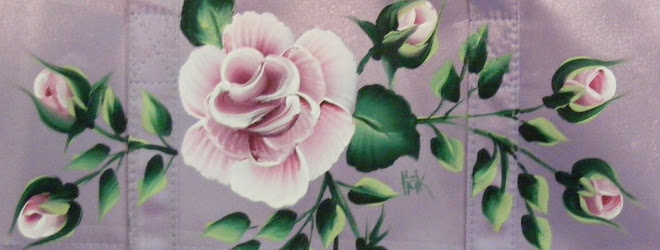I have used crimp beads on 2 strands of Fireline in a couple of necklaces, but I worry that they will eventually begin to wear. I don't think that using a crimp on a single strand of Fireline would work at all. Bracelets are under a lot more stress than necklaces, so I would definitely not use crimps on a bracelet woven with Fireline. From what I can see, most experienced beaders would tell us not to use crimps on Fireline. As a general rule, crimp beads are strictly for flexible beading wire.
There are numerous methods for attaching clasps to necklaces and bracelets. Here is one method which will work for multiple strands of Fireline.
You will need:
- 2 eye pins
- 2 bead cones
- 2 beads, size 2, 3 or 4 mm
- Hypo Cement
- Clasp of your choice
You probably want to use 18 to 20-gauge wire for strength. If you use a finer gauge wire, you should make wrapped loops for strength and security, but I myself wouldn't go with anything finer than 22 gauge.
Start with one end of your bracelet or necklace:
- Split your threads into 2 sections and tie a square knot, snugly against the beads. For example, if you have 6 threads total, use 3 threads and in each hand to tie the knot.
- Using the same two sections, tie a square knot tightly onto the eye.
- Secure both knots with Hypo Cement.
- Trim the ends of the threads (make sure that they are totally secure first).
- Put the eye pin through the wide end of the bead cone, so that the eye, all the knots, and the trimmed ends are hidden inside the cone. You should only see the beaded part of the bracelet/necklace protruding from the wide end of the bead cone.
- String one of the beads onto the wire outside the narrow end of the bead cone.
- Be sure that the eye and knots are tucked snugly inside the cone and turn a loop outside the narrow end of the bead cone next to the small bead.
- Repeat on the other end of the necklace or bracelet with the second piece of the clasp.
Fireline is my thread of choice for bead weaving because it really helps you to control the tension. When you snug up the beads the thread seems to grip—and the knots tend to stay put. Of course, when you finish you should still make a couple of half-hitch knots as you weave the ends through the beads for added security.
I don't care for Nymo for weaving because I can't get the tension I want, but it's great for making fringe because it's more fluid than Fireline. Fireline makes fringe that's way too stiff.
By the way, I mention Fireline and Nymo because they are the most common names used, but there are other brands of threads that have the same or similar characteristics.
Some substitutes for Fireline are Wildfire, Spiderwire, Power Pro, and Dandyline. I have only used Fireline, so I cannot recommend any of the others.
© Copyright 2011 Linda's Art Barn. All rights reserved.

Lynda, that is a great explanation. I do Kumihimo and I'm always looking for better ways. I love the way you explained this. Next time I want pictures :0).
ReplyDeleteWhere do you buy your Fireline? I order mine from a place called Fishusa.com. They have every color and every size, their shipping rates are pretty reasonable. We have a Cabella's here but it's quite a drive.
Thanks for all your nice comments on my blog.
I'm sorry I spelled your name Lynda instead of Linda. Having a senior moment today.
ReplyDeleteHi Bonnie, It made me smile when you spelled my name Lynda. My grandmother insisted that was the way my name was spelled and it drove my mother crazy, LOL.
ReplyDeleteSince I live in the mountains, we don't have much shopping around here. I buy Fireline locally at Wal-Mart and when I travel I buy it in bead shops.
I intend to post some photos in this blog, but I need to make the samples first.
As far as buying Fireline, I buy mine at Dick's Sporting Goods. Some bead class buddies and the instructor recommended this - you get 250-300 yards for around $15, and if you watch, they run rebates too. Beats the bead store price, and it's the same stuff. Down side is it only comes in original (crystal), smoke, and neon, none of the new pretty colors.
ReplyDeleteThanks for the heads up, Ramona. I tried to buy Crystal Fireline in Wal-Mart the other day and I was disappointed to find that they only carry Smoke now. Even though shopping is limited here, we do have a Dick's, so I'll check there next. It's so much more economical to buy the large rolls. Honestly, I'm happy with Smoke and Crystal, but maybe if I see those new colors I might change my mind!
ReplyDelete